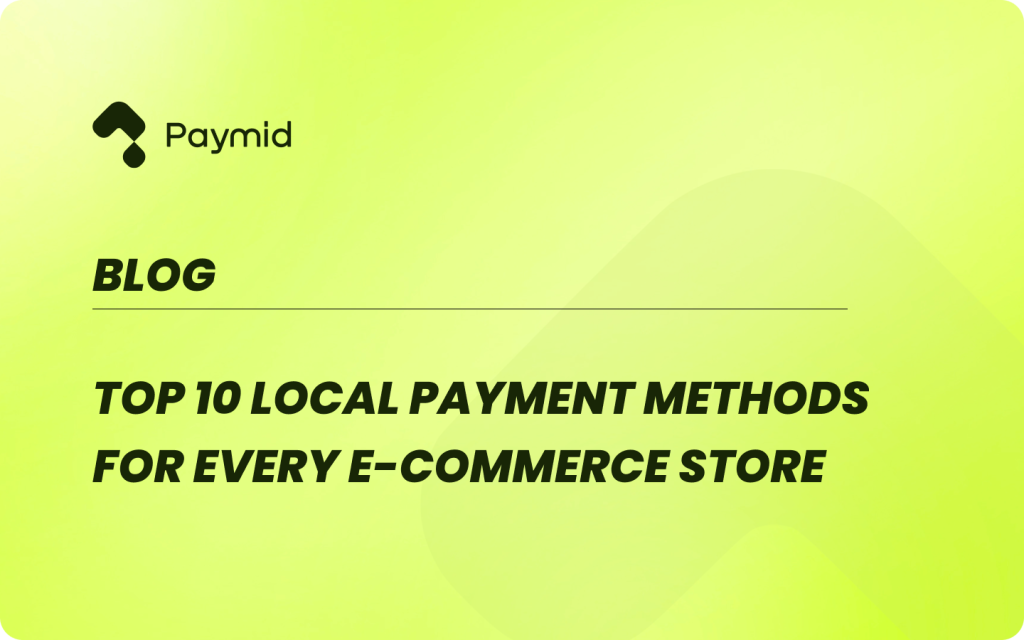Top 10 Local Payment Methods for E-Commerce Stores

What’s up, e-commerce hustlers? If you’ve ever wondered why your international traffic looks great on paper but tanks at checkout, the culprit might be staring you right in the face: payment options. In a world where shoppers from São Paulo to Singapore expect to pay their way—literally—offering the right local methods isn’t just nice; it’s non-negotiable. We’re talking conversion boosts of up to 40% in some markets, simply by meeting customers where they are.
I’ve been digging into payment trends for years, consulting with brands big and small, and one thing’s crystal clear: globalization means localization. With e-commerce projected to hit $8 trillion by 2027, ignoring local preferences is like leaving money on the table. Today, let’s break down the top 10 local payment methods that can supercharge your store’s reach. I’ll throw in tips on why they matter, where they shine, and how to integrate them without a headache. Spoiler: Platforms like Paymid make this a breeze with their plug-and-play setups.
1. Boleto Bancário (Brazil)
Brazil’s go-to for unbanked shoppers, Boleto lets customers generate a barcode voucher payable at banks or ATMs. Why it rocks: It covers 20% of the population without credit cards, slashing abandonment in Latin America’s biggest market. Pro tip: Pair it with real-time confirmations to keep orders flowing.
2. iDEAL (Netherlands)
Think of iDEAL as the Dutch equivalent of a bank transfer on steroids—secure, instant, and fee-free for users. It’s used in over 60% of online transactions there. For EU sellers, this is your ticket to trust; Dutch shoppers bail if it’s missing. Integration’s easy via APIs that handle the redirects seamlessly.
3. UPI (India)
Unified Payments Interface has exploded in India, powering 80% of digital payments. It’s app-based, QR-code friendly, and works 24/7. If you’re eyeing the subcontinent’s 1.4 billion consumers, UPI’s low-cost, high-speed vibe is a must. Bonus: It supports micro-transactions, perfect for impulse buys.
4. Alipay (China)
No China strategy is complete without Alipay, the wallet giant with 1.3 billion users. It handles everything from QR scans to in-app payments, and it’s essential for cross-border trust. Fun fact: During Singles’ Day, it processes billions in seconds. Optimize for mobile to capture that WeChat crowd.
5. PayPal (Global, but Local Twist)
Okay, PayPal’s everywhere, but its local adaptations—like guest checkouts in Germany or integration with local banks in Australia—make it a powerhouse. It’s trusted in 200+ countries, reducing fraud fears. Use it as a fallback, but layer on region-specific options for that extra edge.
6. Pix (Brazil)
Pix is the new kid on the block, enabling instant bank transfers via QR or keys. It’s overtaken credit cards in popularity, with zero fees for P2P. For Brazilian expansion, this is your fast-track to loyalty—transactions clear in seconds, keeping carts from going cold.
7. Klarna (Nordics and Beyond)
Buy-now-pay-later darling Klarna offers installment plans in Sweden, Germany, and the US. It’s a conversion machine for big-ticket items, with approval rates over 90%. Millennials love it; integrate for flexible financing that turns browsers into buyers.
8. WeChat Pay (China)
Tied to the super-app WeChat, this is how 900 million users pay daily. From mini-programs to offline scans, it’s seamless for social commerce. If your brand’s on Douyin or Tmall, WeChat Pay bridges the gap, especially for impulse-driven sales.
9. EPS (Austria)
Austria’s electronic payment standard, EPS, is a bank redirect system that’s secure and familiar. It dominates online banking transfers there. For Central Europe, it’s low-risk and high-trust—ideal for B2B or subscription models.
10. OXXO (Mexico)
Cash is king in Mexico, and OXXO vouchers let shoppers pay at convenience stores. It reaches the 50% unbanked population, boosting inclusivity. Pair with digital wallets for a hybrid approach that covers all bases.
Why Bother? The Data Doesn’t Lie
Ditching a one-size-fits-all approach can lift conversions by 30-50% in targeted regions, per recent studies from McKinsey. But here’s the rub: Managing these manually is a nightmare—fees vary, compliance differs, and routing fails happen. That’s where smart orchestration comes in. Tools that intelligently route payments based on location, device, and history ensure you’re always offering the best option without the fuss.
From my chats with e-tailers using unified platforms, the wins are real: One apparel brand I know expanded to LATAM and saw a 25% sales spike just by adding Boleto and Pix. Another in Europe credited iDEAL and Klarna for halving cart abandonment.
Getting Started: Make It Effortless
Ready to expand? Start by auditing your traffic sources—Google Analytics will show where your visitors are dropping off. Then, scout a platform that handles the heavy lifting. Paymid, for instance, packs 500+ methods into one dashboard, with AI smarts to route and retry automatically. No coding marathons; just click, credential, and conquer.

